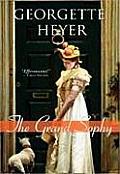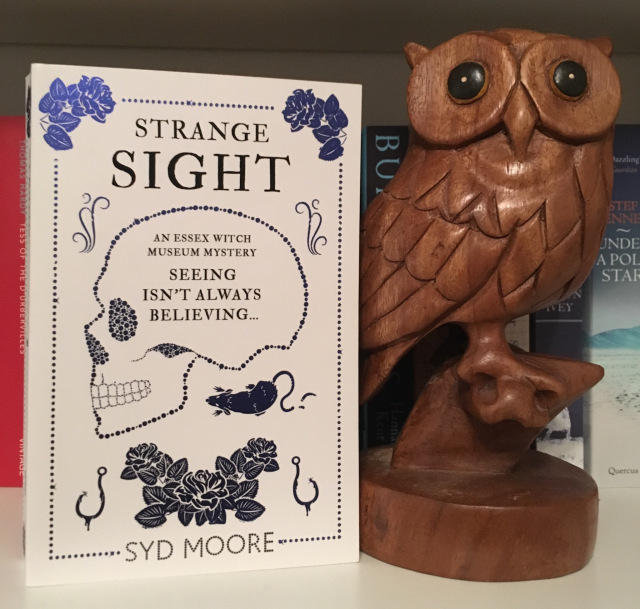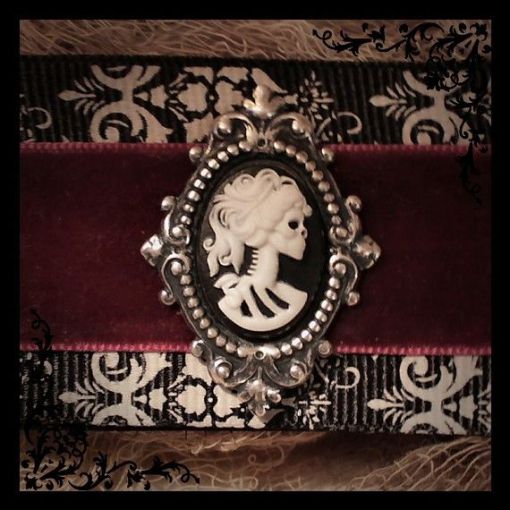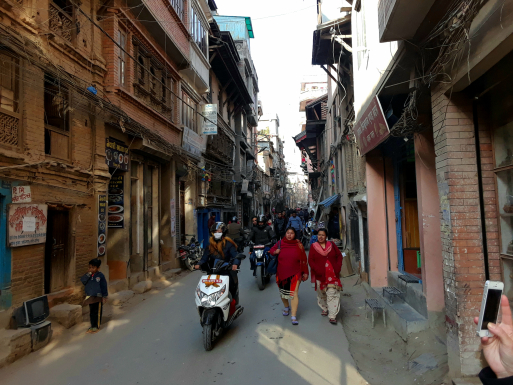
The opening of The Story of Mary MacLane:
Butte, Montana
January 13, 1901I of womankind and of nineteen years, will now begin to set down as full and frank a Portrayal as I am able of myself, Mary Mac Lane, for whom the world contains not a parallel.
I am convinced of this, for I am odd.
I am distinctly original innately and in development.
I have in me a quite unusual intensity of life.
I can feel.
I have a marvelous capacity for misery and for happiness.
I am broad-minded.
I am a genius.
I am a philosopher of my own good peripatetic school.
I care neither for right nor for wrong — my conscience is nil.
My brain is a conglomeration of aggressive versatility.
I have reached a truly wonderful state of miserable morbid unhappiness.
I know myself, oh, very well.
I have attained an egotism that is rare indeed.
I have gone into the deep shadows.
All this constitutes oddity. I find, therefore, that I am quite, quite odd.
I have hunted for even the suggestion of a parallel among the several hundred persons that I call acquaintances. But in vain….I think at this moment, however, of two minds famous in the world of letters between which and mine there are certain fine points of similarity. These are the minds of Lord Byron and of Marie Bashkirtseff. [Marie Bashkirtseff was a a Ukranian painter and sculptor whose confessional Journal of a Young Artist had been published in 1889 to international acclaim.]
….Yes, I am rather like her in many points, as I’ve been told. But in most things I go beyond her.
Where she is deep, I am deeper.
Where she is wonderful in her intensity, I am still more wonderful in my intensity.
Where she had philosophy, I am a philosopher.
Where she had astonishing vanity and conceit, I have yet more astonishing vanity and conceit.
But she, forsooth, could paint good pictures,—and I—what can I do?
She had a beautiful face, and I am a plain-featured, insignificant little animal.
She was surrounded by admiring, sympathetic friends, and I am alone—alone, though there are people and people.
She was a genius, and still more am I a genius.
She suffered with the pain of a woman, young; and I suffer with the pain of a woman, young and all alone.
And so it is.
Along some lines I have gotten to the edge of the world. A step more and I fall off. I do not take the step. I stand on the edge, and I suffer.
Nothing, oh, nothing on the earth can suffer like a woman young and all alone!
 MacLane wrote the book at the age of nineteen—and originally titled it I Await the Devil’s Coming before it was changed by the publishers. She penned two other books: My Friend Annabel Lee (1903) and I, Mary Maclane: A Diary of Human Days (1917). She also wrote and starred in a feature film—Men Who Have Made Love to Me—which is now believed to be lost.
MacLane wrote the book at the age of nineteen—and originally titled it I Await the Devil’s Coming before it was changed by the publishers. She penned two other books: My Friend Annabel Lee (1903) and I, Mary Maclane: A Diary of Human Days (1917). She also wrote and starred in a feature film—Men Who Have Made Love to Me—which is now believed to be lost.
Butte, Montana could not contain MacLane, and she moved to Chicago; Rockland, Massachusetts; and Greenwich Village, “living,” as Wikipedia has it, “a decadent and Bohemian existence.” She was openly bisexual and a staunch feminist.
MacLane died in 1929; she was 48.
Share this:




